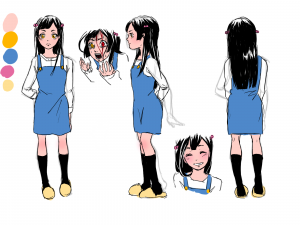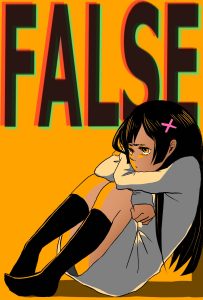Chinese, Japanese and Korean Chopsticks
China was the first to invent chopsticks about 5000 years ago. Among all types of eating-purpose chopsticks in Asia, the Chinese chopsticks (筷子 Kuai-zi) are the longest with the length of around 25 centimeters. Today most Kuai-zi are made with either wood, plastic or metal. In the past or for some special occasions today, kuai-zi could be made out of bones, jade and other expensive metals. They are either rectangular or round in shape with blunt ends. Kuai-zi are so long because Chinese eat from large tables like Lazy Susan. Wood and metal Kuai-zi may or may not be decorated but plastic kuai-zi usually have no designs but just a solid color. Length-wise, the Korean chopsticks (젓가락 Jeokkarak) come in second. Jeokkarak are made of metal and unlike any other chopsticks in Asia, they are flat. Since the Korean diet consists of large amounts of red spicy pepper, and wooden chopsticks get dyed very easily and quickly, Koreans believe that metal chopsticks are more hygienic. Most Jeokkarak are ornately decorated at the grip because metal is slippery. Compared to Kuai-zi and Jeokkarak, the Japanese eating chopsticks (箸 hashi) (I emphasized on eating chopsticks because Japan has different chopsticks for different purposes) are the shortest. Hashi are typically made with wood or plastic. They are usually delicately designed. Since Japanese people consume a lot of whole bony fish, they made their chopsticks pointed at the ends so that removing fish bones is easier.
What is the history of chopsticks in different countries in Asia? If China was the first to invent chopsticks, when and how did the idea of chopstick get to the other countries? Long, long ago before the ancient times, small tribes formed in today’s China moved to other lands and started their empires which now became Korea and Japan. That is why Chinese cultural elements can be found in Korean and Japanese cultures. For instance the Japanese language consists of many Chinese characters. In ancient times Korean people also used Chinese characters until they developed their own. Is that when and how chopsticks got to other lands from China? In addition, I know that different countries has different, strict rules when it comes to using utensils, and these rules are still actively applied to Asian’s social lives. What are these rules? Why are Korean chopsticks flat? What are the other types of chopsticks Japanese people use for purposes other than eating?




















